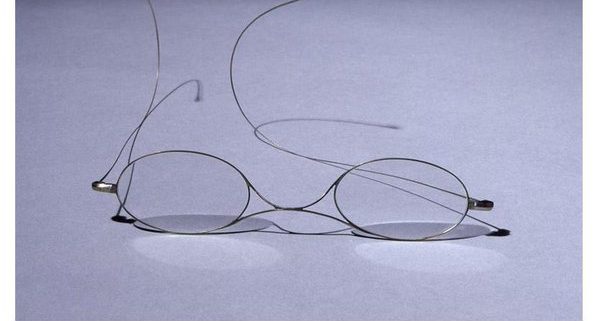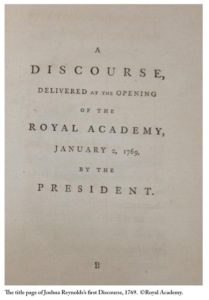Media Collaborations: The Joshua Reynolds ‘twitter tour’ interview with Simone Stewart
In this interview, Simone Stewart provides an example of media collaborations that she developed at The Wallace Collection. This project could set an example on how to explore and facilitate cross sector collaborations through social media within the Knowledge Quarter.
When I came across this project I found it fascinating for its potential of engagement with new audiences across various organisations and sectors. Thus, I asked Simone whether we could gain a better insight into it through a few questions. This interview is the result of that initial conversation and I feel it could be a valuable basis on which KQ partners, especially those involved in the Knowledge Quarter Communications and Advocacy Subgroup, may think about creating similar collaborations within the Knowledge Quarter.
How did you come up with this idea?
In March 2015 The Wallace Collection put on an exhibition titled Joshua Reynolds Experiments in Paint. I was in charge of a media campaign with virtually no budget, and needed to come up with something fresh and a little bit different. I knew that Joshua Reynolds was a very influential painter in the eighteenth century because of his role as first president of the Royal Academy of Arts. I had noticed various monuments dedicated to him all over London and after doing a little research I came across an article titled The Rise and fall of Joshua Reynolds that Johnathon Jones wrote in the Guardian in 2005. Jones suggested that although many had heard of Reynolds, he could not site a single picture.
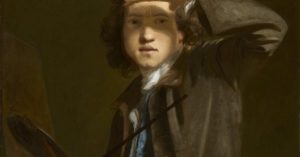
Joshua Reynolds, Self-Portrait Shading the Eyes, Oil on Canvas, 63 x 74 cm, ©National Portrait Gallery, London
This led to the idea that perhaps Reynolds had been overlooked in some way. I started to explore the ways in which I could get him back into public thinking again. Having a limited budget, I decided that, if there was going to be any meaningful engagement, this would be through social media. So I set about researching how a Twitter tour to reconsider this artist from a fresh perspective would work. We ended up with a twitter partnership and collaboration.
The Wallace Collection joined forces with the Royal Academy, National Gallery and the National Portrait Gallery to lead the tour to explore Reynolds life, sitters and painting practices. We where supported by the digital publication The Londonist who mapped Reynolds local haunts around London. We were joined by various UK and international museums.
Was the process of convincing museums and other partners quite complicated?
We direct messaged all of our partners on twitter and asked them to be involved. We made sure that we had done our research properly and highlighted something from their collection that connected with Reynolds in some way. We gave each partner a different angle on Reynolds to focus on, for example the Royal Academy focused on his role as the first president and used the tour as a way to explore their archives. The National Portrait Gallery focused on the famous eighteenth century sitters that Reynolds painted, many of which where part of the glitterati of their day. The National Gallery explored the painter’s experimental painting techniques in partnership with their conservation team. The Wallace Collection, lead the tour and put together a running order and timings to make sure it was easy for the three main partners to follow. Our team also made sure that other organisations where aware that the tour was taking place and got them to chime in with their own Reynolds associated contributions.
Which Knowledge Quarter partners were involved?
The Foundling Museum, joined in tweeting about the ‘Portrait of William Legge’ that Joshua Reynolds donated in 1757. Our own exhibition had been made possible through research funded by The Yale Paul Mellon Centre for British Art which is situated within the Knowledge Quarter. Joshua Reynolds himself would have been familiar with this newly emerging part of town.
What was the outcome?
The Joshua Reynolds ‘twitter tour’ orchestrated on behalf of the Wallace Collection extended audience 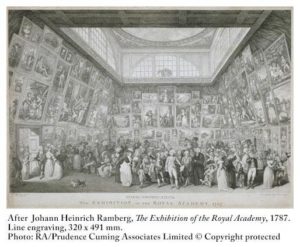 reach and got #JoshuaReynolds trending internationally, engaging online audiences though social posts and video content sharing. Its success caused an overwhelmingly positive ripple effect across various publications which got on to the radar of Johnathon Jones of the Guardian who wrote the article Joshua Reynolds: An Overlooked Master who Revolutionised British Art using examples of works featured in the tour. The trail was highlighted by TES (Times Education Supplement) as a creative new way to inspire and unearth culture.
reach and got #JoshuaReynolds trending internationally, engaging online audiences though social posts and video content sharing. Its success caused an overwhelmingly positive ripple effect across various publications which got on to the radar of Johnathon Jones of the Guardian who wrote the article Joshua Reynolds: An Overlooked Master who Revolutionised British Art using examples of works featured in the tour. The trail was highlighted by TES (Times Education Supplement) as a creative new way to inspire and unearth culture.
Although this is hard to track, I think that this activity significantly contributed to exceeded target visitor attendance records for the Joshua Reynolds Experiments in Paint exhibition. This small two room exhibition reached 38,000 visitors which was unusually footfall high for an exhibition of this kind.
Why do you think such projects matter for cultural organisation now?
I think these cultural collaborations benefit partners in a variety of ways. By raising the profile of a great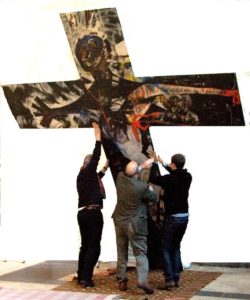 but overlooked master all museums involved benefitted. The partnership had a knock-on effect in terms of building connections and starting conversations with other intuitions, as well as extending reach and engagements. Although it is time consuming, if done in an informed and considered way, these type of social partnerships can really capture people’s curiosity.
but overlooked master all museums involved benefitted. The partnership had a knock-on effect in terms of building connections and starting conversations with other intuitions, as well as extending reach and engagements. Although it is time consuming, if done in an informed and considered way, these type of social partnerships can really capture people’s curiosity.
We have since done another Twitter collaboration as part of the Stations of the Cross Twitter Trail in 2016 and are exploring our next subject to collaboratively share in 2017.
See Storify of the Joshua Reynolds Trail for the level of engagement achieved and some great tweets.
See Stations of the Cross Storify initiated by the Wallace Collection a year later.
Angelo Napolano’s, Knowledge Quarter, interview with Simone Stewart, Press and Communications Manager at the Wallace Collection.
